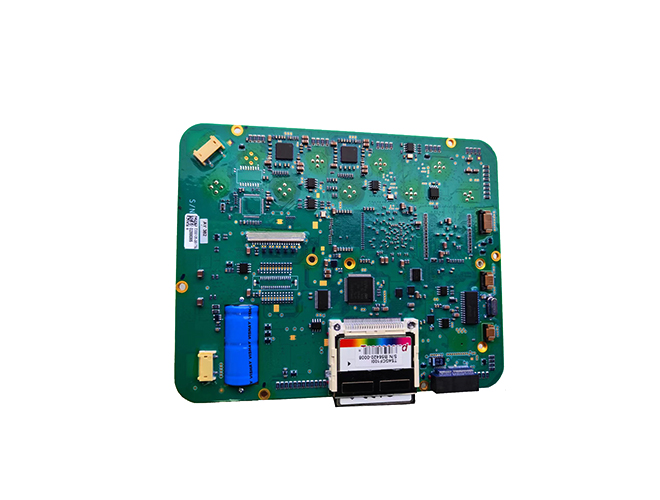-
CN
-
Service Hotline
+8618129931046 Mr. Liao


Time:2025-04-19 Views:1

Flying probe testing is an important method in PCB detection, offering several advantages in ensuring the quality and reliability of printed circuit boards.
Testing Without a Custom Fixture
One of the key benefits of flying probe testing is that it does not require a custom - made test fixture, as is the case with traditional in - circuit testing. This makes it a cost - effective solution, especially for low - volume production runs or prototype PCB testing. The flying probe tester uses movable probes that can be programmed to make contact with specific test points on the PCB. For example, in a small - scale electronics manufacturing company that produces a variety of prototype PCBs, using a flying probe tester eliminates the need to invest in expensive custom fixtures for each new PCB design. The probes can be quickly repositioned and programmed to test different PCB layouts, saving both time and money.
High - Resolution Testing
Flying probe testers are capable of high - resolution testing. They can accurately measure electrical parameters such as resistance, capacitance, and inductance of components on the PCB. The probes can make precise contact with small test points, even on high - density PCBs with fine - pitch components. This allows for the detection of minor defects, such as small open circuits or short circuits between closely spaced traces. In the testing of a PCB for a high - end medical device, where the reliability of the board is critical, flying probe testing can identify minute electrical anomalies that could potentially affect the performance of the device.
Flexible Testing
Flying probe testing offers great flexibility in terms of the types of tests that can be performed. It can be used for in - circuit testing, where individual components are tested in their assembled state, as well as for functional testing of the PCB. The tester can be programmed to perform a variety of test sequences, including tests for digital and analog circuits. For example, in the testing of a PCB that contains both digital logic chips and analog signal - processing circuits, the flying probe tester can be configured to test the digital functions by applying appropriate logic levels and verifying the output responses, and then switch to testing the analog components by measuring parameters such as voltage levels and signal amplitudes. This flexibility makes flying probe testing suitable for a wide range of PCB applications.